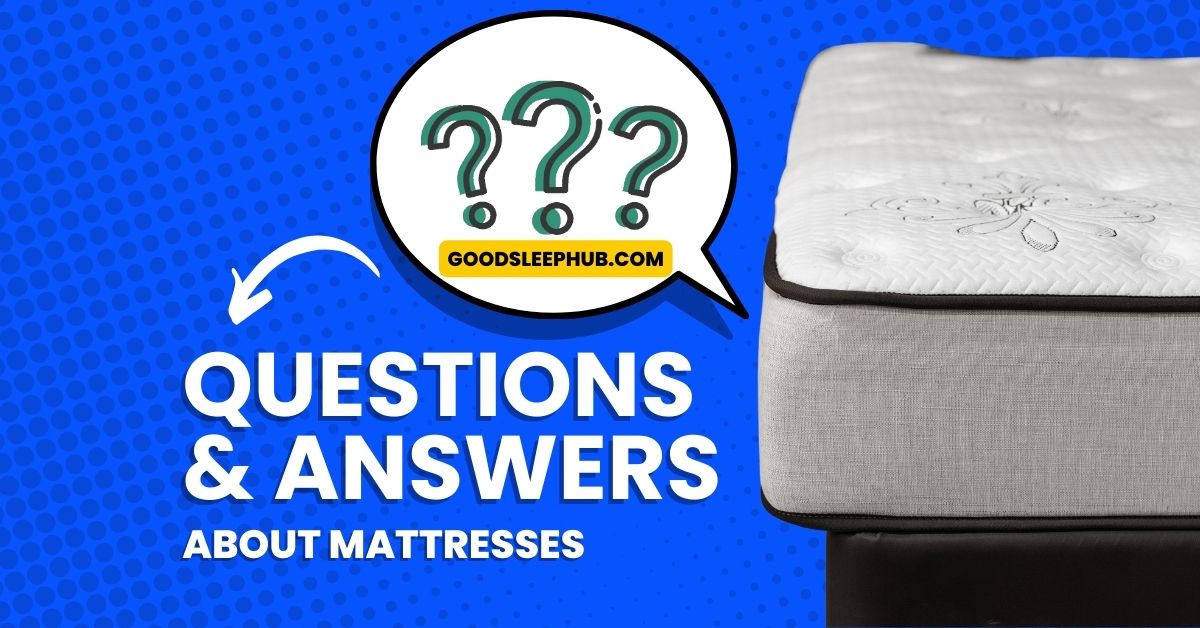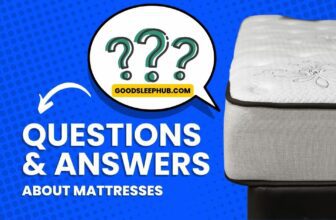
Treating a mattress for bed bugs typically involves a combination of deep cleaning, vacuuming, the use of protective encasements, and sometimes chemical treatments. In essence, you should start by stripping the bed, washing all linens in hot water, and then thoroughly vacuuming the mattress and surrounding area. Seal any visible cracks in the bed frame and headboard, and consider applying bed bug-proof mattress encasements to trap any remaining bugs and prevent new ones from entering. For persistent infestations, you may need to employ professional pest control services.
Understanding Bed Bugs and Infestations
Bed bugs are small, wingless insects that feed on the blood of humans and animals while they sleep. They are experts at hiding and can be found in the crevices of mattresses, box springs, bed frames, and headboards. A bed bug infestation can be identified by several signs, such as tiny blood spots on sheets, itchy bite marks on the skin, and a sweet musty odor. Bed bug droppings, which look like small black specks, and molted skins from growing nymphs may also be visible.
Detecting Bed Bugs in Your Mattress
Before treating your mattress for bed bugs, you need to confirm their presence. Use a flashlight to inspect the seams, labels, and edging of your mattress as well as the crevices of the bed frame and headboard. Look for live bugs, cast skins, or the aforementioned signs of bed bug activity. If you spot any, it’s time to act.
Initial Cleaning Steps
Once you’ve identified a bed bug problem, the first step is to clean and contain the area to prevent the bugs from spreading to other parts of your home.
- Strip the Bed: Remove all bedding, pillows, and covers from your bed.
- Laundry: Wash and dry all bed linens and nearby clothing on the highest temperature setting. High heat for at least 30 minutes is effective at killing bed bugs.
- Bags and Containment: Place washed items in clean, sealed bags to avoid re-infestation.
- Vacuum Thoroughly: Use a vacuum cleaner with a hose attachment to suck up any visible bed bugs, their droppings, and eggs. Pay particular attention to cracks and crevices. Immediately dispose of the vacuum bag in a sealed plastic bag outside your home.
Non-Chemical Treatments for Mattresses
In many cases, non-chemical methods can be effective in treating bed bugs. These methods aim to physically remove or kill bed bugs without using insecticides, which can be beneficial for those concerned about chemical exposure.
Encasements for Mattress Protection
Mattress encasements are a powerful tool in the battle against bed bugs. They are designed to completely cover your mattress and box spring, sealing in any bed bugs that are present and preventing new ones from reaching the mattress. Once encased, bed bugs will eventually die from starvation. It’s critical to keep the encasement on for at least a year to ensure all bugs and eggs have died.
- Purchase Quality Encasements: Buy encasements specifically designed for bed bug protection. They should be durable, tear-resistant, and have tight zippers that bed bugs cannot penetrate.
- Install With Care: Carefully install the encasements to avoid tearing. Keep an eye on them over time and patch up any holes or tears immediately.
Steam Cleaning
Steam provides an immediate, non-toxic method to kill bed bugs and their eggs. Commercially available steam cleaners that reach temperatures above 120 degrees Fahrenheit can be effective. Move the steam cleaner slowly over the mattress, taking care to treat all surfaces and crevices. Use caution, as steam can cause burns and damage some mattress materials.
Chemical Treatments and Pesticides
Persistently stubborn bed bug infestations may require chemical treatments. These options should be used with caution and generally as a last resort.
Insecticides
Various insecticides are labeled for bed bug treatment. Look for products that are EPA-registered and specifically list bed bugs on the label. Follow all safety directions and local guidelines regarding indoor insecticide use.
- Always Use as Directed: Only use chemicals as specified by the manufacturer’s instructions and adhere strictly to dosage and application guidelines.
- Ventilation: Ensure your space is well-ventilated during and after the application of any chemical treatments.
- Consider Professional Help: Due to the complex nature of using insecticides safely and effectively, consider hiring a professional pest control service.
Maintaining a Bed Bug-Free Mattress
After treating your mattress for bed bugs, preventive measures are vital to ensure they do not return.
- Regular Inspections: Check your mattress and surrounding area regularly for signs of bed bugs.
- Limit Clutter: Reduce hiding places for bed bugs by keeping your bedroom tidy.
- Protective Measures: Use bed bug interceptors under bed legs to catch bugs and monitor for activity.
- Travel Cautiously: Inspect hotel rooms and quarantine your belongings after traveling to prevent introducing new bed bugs into your home.
Seeking Professional Help
While DIY methods can be effective, some infestations require professional treatment. Pest control professionals have the experience, tools, and insecticides that are more potent and effective than those available to consumers.
Choosing a Pest Control Specialist
Do your research and choose a reputable, licensed pest control company with experience in bed bug eradication. They will typically perform an inspection, develop a treatment plan, and possibly schedule follow-up visits to ensure the bed bugs are completely eliminated.
Finishing Thoughts
Successfully treating a mattress for bed bugs is a multi-step process that requires patience and diligence. It’s a challenging task that often requires a combination of deep cleaning, physical barriers like encasements, and in some cases, the careful application of chemical treatments. Regular monitoring and preventive measures are essential in keeping your sleeping environment bed bug-free. Remember, if the task seems overwhelming or if the infestation persists, seeking help from professional pest controllers is a prudent and effective course of action.








